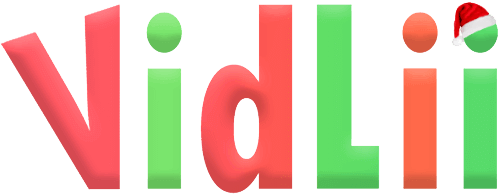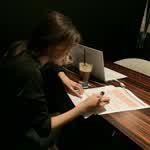MayaHelp's Channel
Age: 48
The concept of learning style. Learning styles and teaching styles in different cultures
The problem of individual approach has been repeatedly raised and successfully solved in domestic and foreign pedagogical science and practice. However, the emergence of cross-cultural education has "sharpened" the problem to some extent. Doing homework assignments in college is much easier if you know the learning style https://www.australiantimes.co.uk/horoscopes/which-learning-styles-suit-you-best-according-to-your-zodiac-sign/ . As has been repeatedly mentioned above, there are three components involved in the learning process: cognitive, emotional and operational, which can ultimately be characterized by the generalizing concept of "learning style". Foreign researchers engaged in understanding the issues of learning style features, mostly rely on the concepts of X. Gardner (theory of multiple intelligences), D. Grinder (perception modalities: auditory, visual, and kinaesthetic), D. Kolb and others.
One of the learning models based on the gradual formation of mental actions is the Kolb cycle (Figure 3.5). Its author is David A. Kolb, a specialist in the psychology of adult learning. According to him, the learning process is a cycle or a kind of spiral. It is a kind of cycle of personal experience, followed by reflection and reflection, and finally action.
The four basic stages of Kolb's model are as follows.
1. Immediate, concrete experience - anyone should already have some experience in the field or area they want to learn.
2. Observation and reflection - this stage involves thinking about and analyzing the person's experience and knowledge.
3. Formation of abstract concepts and models or abstract conceptualization (Jonning abstract concepts) - at this stage, a model is built to describe the information and experience. Ideas are generated, relationships are built, and new information is added about how things work and how they are organised.
4. active experimentation (testing in new situations) - the last stage involves experimentation and testing the applicability of the model and concept created. The result of this stage is direct new experience. Then the circle closes.
According to their classification, there are four types of learning styles: the doer, the observer, the pragmatist and the theorist.
The problem of individual approach has been repeatedly raised and successfully solved in domestic and foreign pedagogical science and practice. However, the emergence of cross-cultural education has "sharpened" the problem to some extent. Doing homework assignments in college is much easier if you know the learning style https://www.australiantimes.co.uk/horoscopes/which-learning-styles-suit-you-best-according-to-your-zodiac-sign/ . As has been repeatedly mentioned above, there are three components involved in the learning process: cognitive, emotional and operational, which can ultimately be characterized by the generalizing concept of "learning style". Foreign researchers engaged in understanding the issues of learning style features, mostly rely on the concepts of X. Gardner (theory of multiple intelligences), D. Grinder (perception modalities: auditory, visual, and kinaesthetic), D. Kolb and others.
One of the learning models based on the gradual formation of mental actions is the Kolb cycle (Figure 3.5). Its author is David A. Kolb, a specialist in the psychology of adult learning. According to him, the learning process is a cycle or a kind of spiral. It is a kind of cycle of personal experience, followed by reflection and reflection, and finally action.
The four basic stages of Kolb's model are as follows.
1. Immediate, concrete experience - anyone should already have some experience in the field or area they want to learn.
2. Observation and reflection - this stage involves thinking about and analyzing the person's experience and knowledge.
3. Formation of abstract concepts and models or abstract conceptualization (Jonning abstract concepts) - at this stage, a model is built to describe the information and experience. Ideas are generated, relationships are built, and new information is added about how things work and how they are organised.
4. active experimentation (testing in new situations) - the last stage involves experimentation and testing the applicability of the model and concept created. The result of this stage is direct new experience. Then the circle closes.
According to their classification, there are four types of learning styles: the doer, the observer, the pragmatist and the theorist.
Country: United States
Connect with MayaHelp
Recent Activity
Channel Comments (0)
There are no comments for this user.
Please log in to post a comment!


 Send Message
Send Message Add Comment
Add Comment Share Channel
Share Channel Block User
Block User Add as Friend
Add as Friend